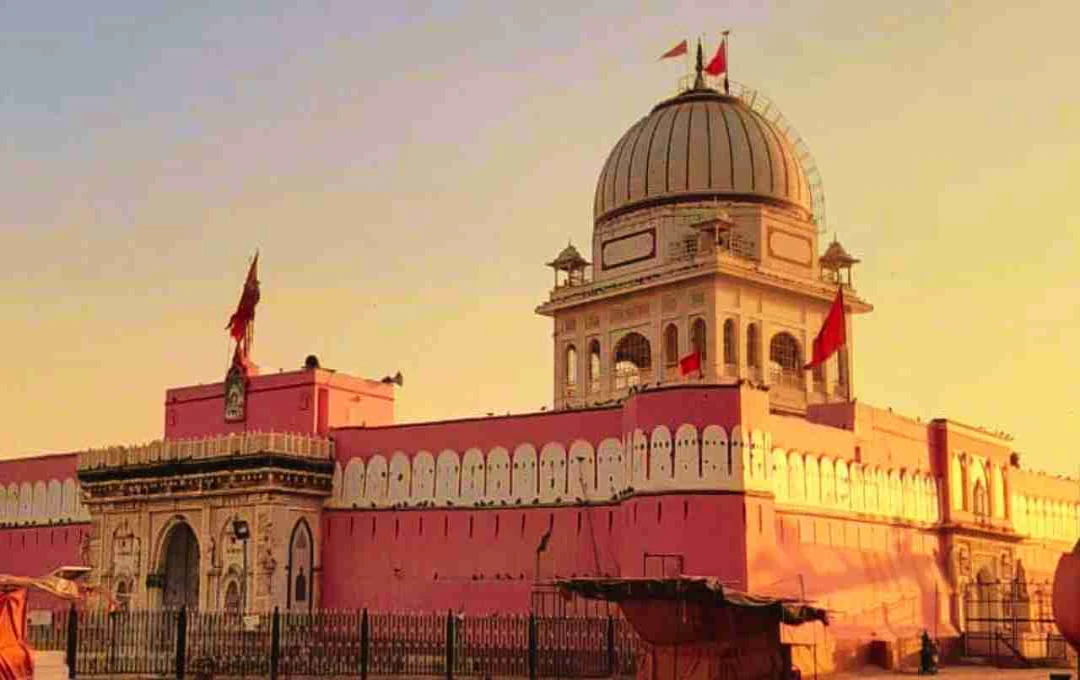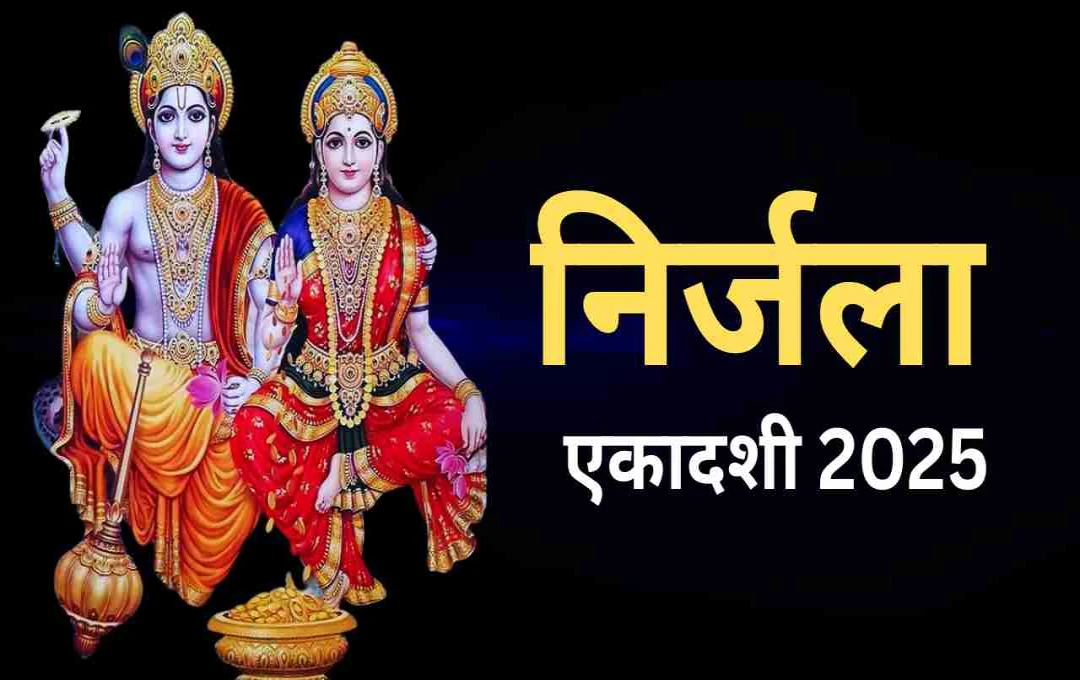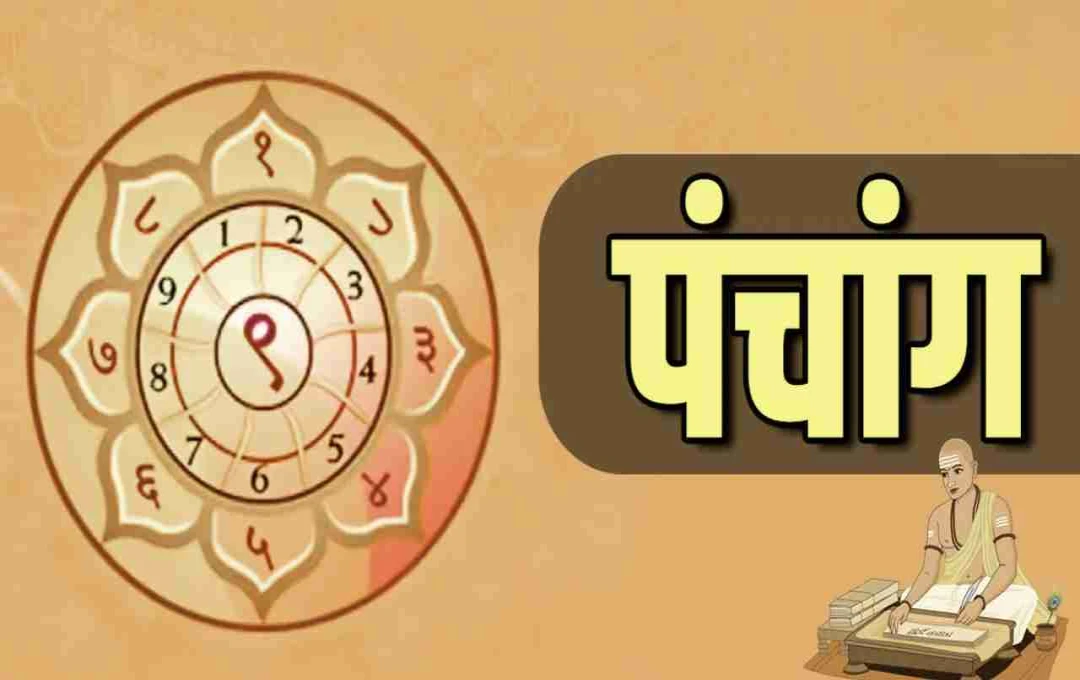The Karni Mata Temple, located in Bikaner district of Rajasthan, is a unique center of Indian religious and cultural traditions. It is renowned not only for its architecture but also for its unique practice of offering and revering rats as consecrated offerings. The temple attracts a large number of devotees, especially during the fairs held during Chaitra and Sharad Navratri, when thousands of pilgrims come to pay their respects to Karni Mata.
Who was Karni Mata?
Karni Mata is a highly revered goddess in Rajasthan, considered an incarnation of Durga Mata. Born into the Charan caste, she was an ascetic and a courageous warrior. Through rigorous penance and selfless struggle, she protected the people around her. Karni Mata is considered a protective deity who helps her devotees in times of hardship.
Her devotion is believed to bring happiness, peace, and prosperity. Many people in Rajasthan still worship Karni Mata and follow her teachings to lead successful lives. Her stories and devotional traditions are deeply ingrained in Rajasthan's folk culture.
History and Religious Significance of the Temple
The Karni Mata Temple was established in the 15th century and has since remained a center of spiritual and religious importance. Its unique traditions and rituals are distinctive and noteworthy. The temple houses a statue of Karni Mata, where thousands of devotees visit daily to seek blessings. The temple is known throughout India, attracting pilgrims from far and wide seeking Karni Mata's special grace.
A unique aspect of the temple is the special reverence shown to the rats, considered manifestations of the goddess's sons. Visiting the temple provides devotees with a distinct spiritual experience, infusing their lives with renewed energy and faith. This is why the Karni Mata Temple remains a significant center of religious faith.
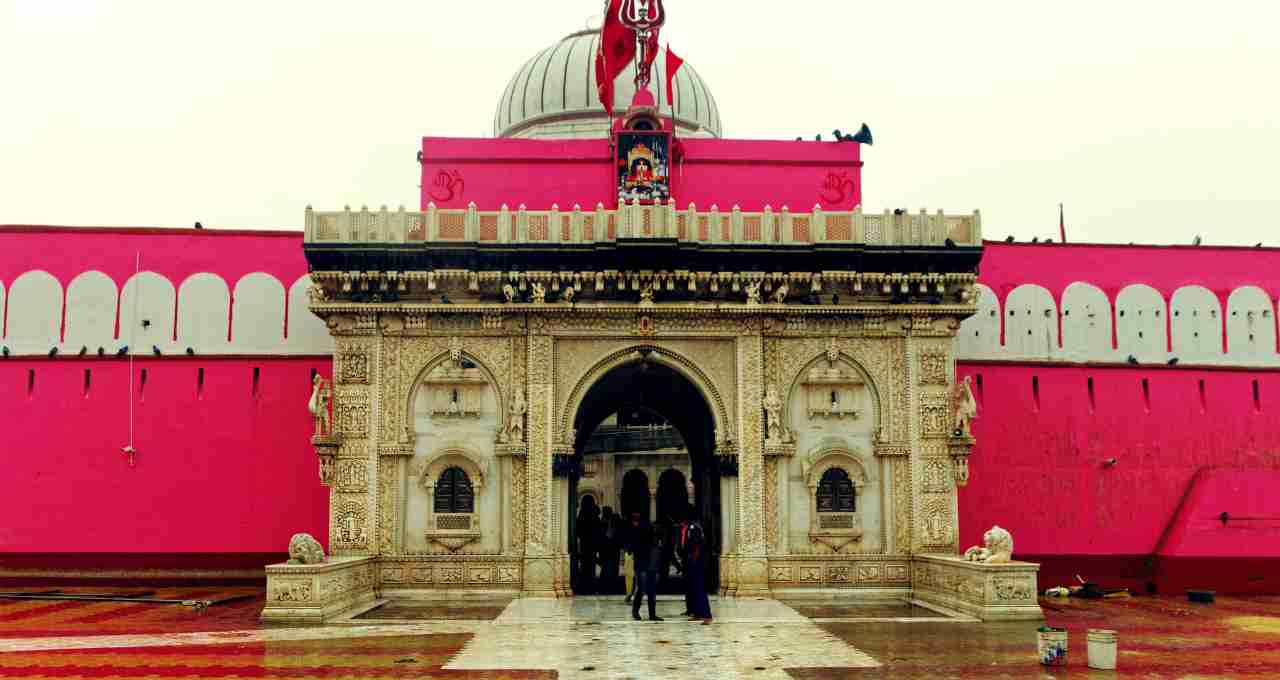
The Temple of Rats: Why are Rats Offered Prasad?
The most distinctive feature of the Karni Mata Temple is the presence of thousands of rats, called "Kabas." These rats roam freely within the temple and are considered an integral part of it. Devotees are offered prasad that has been touched by these rats, a tradition that has become central to the temple. Religious beliefs state that Karni Mata's son, Lakshman, died, but she prayed to Yama, the god of death, for his resurrection. Yama granted her prayer, reviving Lakshman as a rat. Therefore, these rats are revered as Karni Mata's sons, and all devotees show them great respect.
Due to this sacred belief, harming or killing a rat in the temple is considered a grave sin. If a rat is accidentally injured or killed, the person responsible must, according to temple tradition, offer a gold rat as atonement. This necessitates great caution and reverence from devotees and locals alike. They walk by dragging their feet to avoid stepping on any rats. Thus, the Karni Mata Temple is known for its unique religious beliefs and respect for rats.
Traditions of Reverence and Protection of Rats
The deep reverence and protection shown to the rats within the Karni Mata Temple is considered very special. All devotees inside the temple drag their feet to avoid accidentally stepping on a rat, as lifting one's feet is forbidden. During the morning and evening aartis (prayer rituals), these rats emerge from their burrows and roam throughout the temple complex, further sanctifying the atmosphere.
White rats are considered the most sacred and are given special reverence. The temple administration cares for these rats with great love and devotion to ensure their safety and well-being. In this way, the protection and respect shown to rats within the Karni Mata Temple is maintained as an important religious tradition.
Other Prominent Karni Mata Temples in Rajasthan
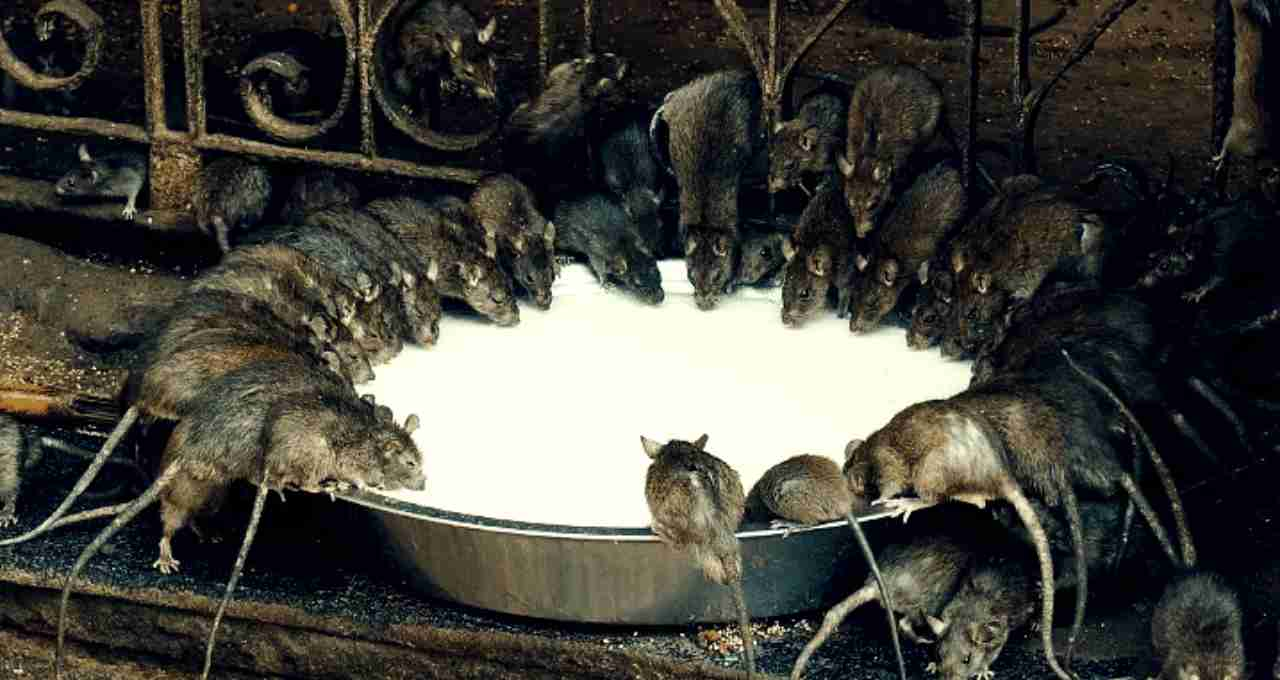
- Suwap: Karni Mata's birthplace, Suwap, houses a grand temple where daily prayers are offered. It also features a self-created temple of Aavard Mata.
- Mathania: The Mathania Temple, built by Amaraji Barhat during the reign of Rao Jodha, ruler of Marwar, houses Karni Mata's sandals, which are still worshipped by devotees.
- Udaipur: Near Pandit Deendayal Upadhyaya Park in Udaipur, on the Machla hills, is an ancient Karni Mata Temple, reconstructed in 1997.
- Alwar: The historical city of Alwar in Rajasthan also has a Karni Mata Temple, located near prominent landmarks like Sagar Palace and Bala Quila.
- Khurda: A Karni Mata Temple, built by Maharaja Ganga Singh of Bikaner, is situated in Khurda, Nagaur district.
Huge Crowd of Devotees during Navratri Fair
Every year, during Chaitra and Sharad Navratri, a large fair is held at the Karni Mata Temple, attracting thousands of devotees from across India and abroad. This fair is not merely a religious event; it also includes cultural and social programs that bring people together. Devotees offer prayers, present offerings to the rats, and pray to Karni Mata for happiness, peace, and prosperity.
This fair benefits the local trade and economy as many people sell goods and services. It also helps preserve local traditions and customs. The Navratri fair thus represents a beautiful confluence of faith and cultural heritage at the Karni Mata Temple.
Spiritual Message of Karni Mata Temple
The Karni Mata Temple is not just a religious site; it imparts a significant spiritual and social message. Its beliefs teach tolerance and love for all beings. The temple's reverence for rats, considered manifestations of the goddess, highlights the sanctity of all life and the importance of respect for all creatures.
It also teaches the importance of preserving nature and wildlife. The Karni Mata Temple inspires us to live with humanity, compassion, and empathy, leading to positive change in our lives. The temple thus provides a profound spiritual message alongside religious faith.
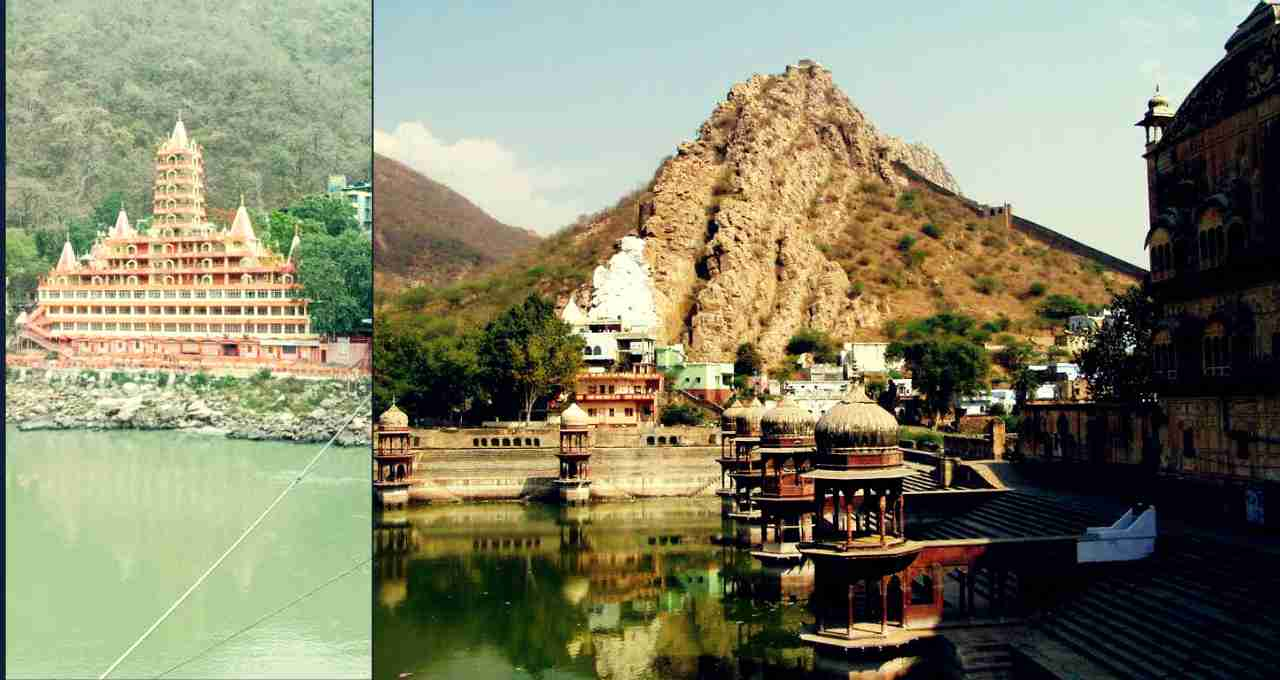
The unique traditions and religious faith associated with the Karni Mata Temple make it distinct. The reverence shown to rats and the offering of prasad touched by them exemplifies a remarkable religious sentiment, fostering deep faith among devotees. This temple is not only a religious landmark of Bikaner but also a symbol of the wonderful confluence of religion and culture throughout India.
